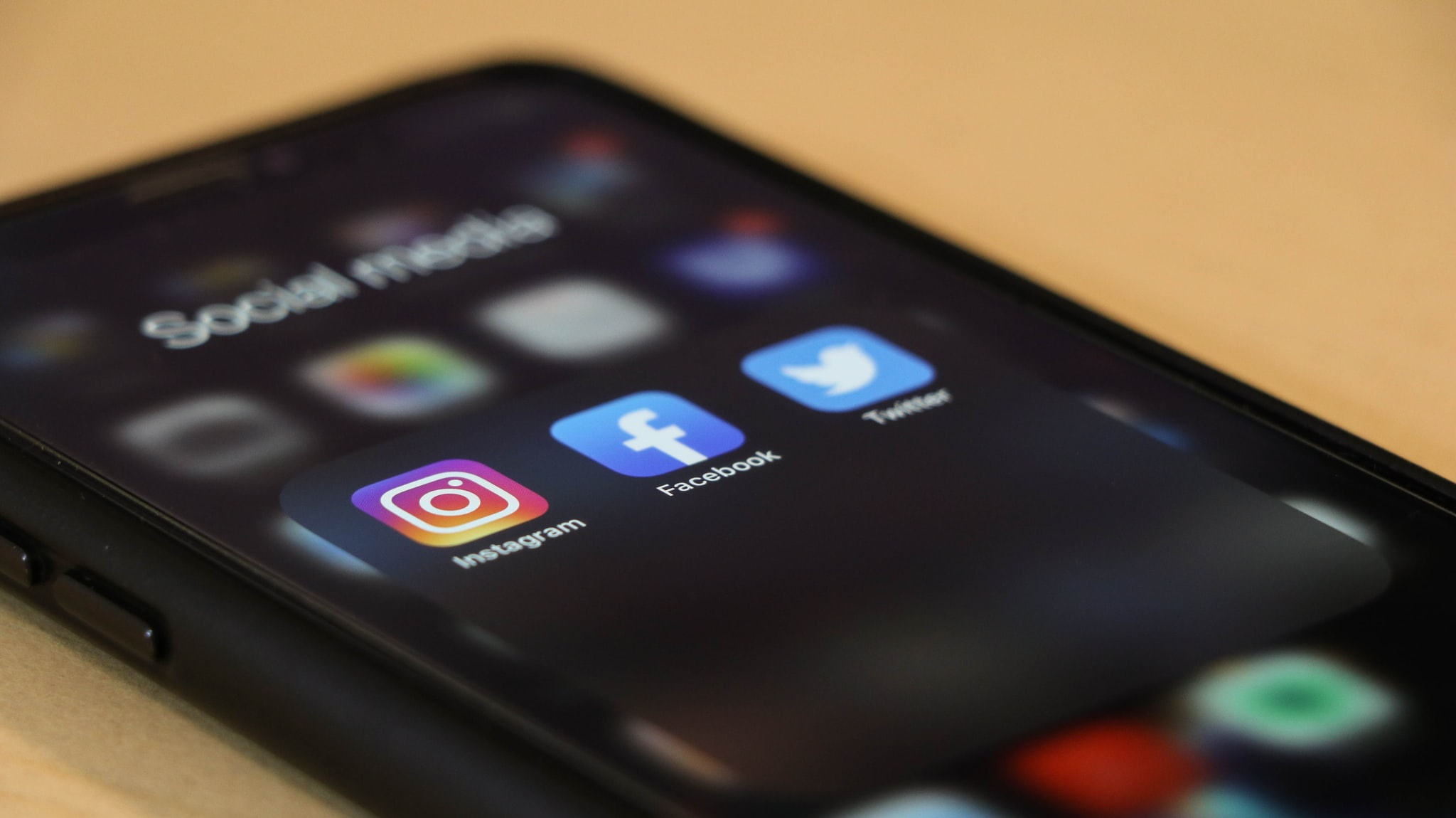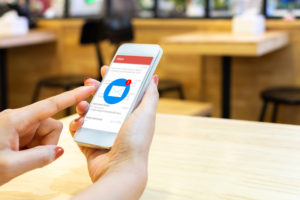What’s the purpose of having a Solo Ads or email marketing strategy?
A marketing strategy will form the foundation for everything you do regarding your solo ads and email marketing. Among other things, it defines how solo ads and email marketing will contribute to your overall marketing goals and how you’ll measure their success or failure along with the return on investment.
By developing a strategy that combines any current product or service-related offers supported with possible automated email follow-ups, means not only are you able to deliver long-term consistency and up-to-date, action-based communications. It is also the key to creating a successful solo ad and email marketing programme that generates continuous traffic and customer conversions for your online business.
What are the benefits of having a solo ad and email marketing strategy?
Having an email and solo ad marketing strategy in place allows you to understand what you expect from your email and solo ad marketing campaigns, how you envision your campaigns to deliver those results, and how you will track and measure their success.
It also allows you to better integrate with any other marketing efforts and understand how your various messages work together. Plus, it means you can plan and optimise your campaigns with a clear goal in mind, which is particularly important if your online traffic starts or is starting to slow down and showing diminishing returns.
Why is having an email and solo ad marketing strategy necessary?
Without an email and solo ad marketing strategy in place, it can be tough to know if your marketing delivers value to your business. That means that you could be spending lots of time, resource, money and effort on something that’s not living up to its full potential, without you even knowing it.
How to develop an email marketing strategy
Successful solo ads and email marketing strategies always begin with understanding what you want to achieve, why and how you will get there, your objectives, communications strategy and tactics. Once you know what you want to achieve, you can plan your campaigns with those objectives firmly top of mind.

The stages of an email marketing strategy
When creating your solo ads and email marketing strategy, it’s essential to consider what your prospects and customers expect at each of the five main phases of the customer lifecycle:
1. Acquisition:
Studies have shown that the cost of acquiring new customers has almost doubled over the last five years. As a result, marketing costs have increased, and customers are becoming less dependable on brands. So attracting and gaining new, active subscribers to your email or solo ads list interested in your products and services is becoming increasingly more difficult. Therefore, whether you build an email list or buy from solo ad vendors, your customer acquisition needs to be more about quality and not quantity.
2. Consideration:
Once a subscriber moves past the awareness stage of your product or service, they enter what is called the ‘consideration stage’. Which means they are interested in learning more about you and what you can offer, and they are actively willing to consider making a purchase. Therefore, you must build a relationship with your subscribers and help them decide which products and services to buy.
3. Convenience & Experience:
Many consumer studies have determined that convenience is one of the most important factors when deciding where to purchase for those who shop online. Customers are far more likely to shop where it’s easy and convenient than to go out of their way to shop with you, despite how much they like you, your offers, and your products. So it’s critical that you work hard and make their purchase process as easy as possible and give customers the very best experience when buying from you.
4. Engagement & Loyalty:
Customer engagement is one of the fundamental driving forces behind retention. Keeping your customers happy and involved with your product can boost their loyalty, increase the time they spend with your company, and turn them into long-term brand ambassadors. Typically there are five stages to creating customer loyalty, and these include;
- Awareness – they have heard of your product or service
- Research – they have visited your website and liked your offer
- Buy – they decide to purchase your product or service
- Use – they use your product or service.
- Repeat – the experience was so good they have repeated the purchase.
- Refer – impressed with your product or service, they are now happily referring it to others.
So ensure you keep customers engaged with your brand – even if they aren’t actively buying at the moment – and work to build their loyalty.
5. Reactivation:
It’s no secret that keeping your existing customers is much more cost-effective than trying to find and convert new leads. Despite this, the average business email or solo ad list loses approximately 25% of its subscribers every year. Reactivating your lapsed customers is key to preventing them from becoming lost customers, and there are various ways in which you can look to turn leaving customers into long-term buyers, and these can include;
- Customer surveys are a great way to interact with customers and better understand their wants and needs.
- Abandonment messages allow you to reach out to customers after they abandon their cart or leave your site without buying any of the products they visited.
- Content marketing, reactivating lapsed customers, is not always about making a sale. Some of your customers may have simply left because they are no longer interested in your product or service. Sending them entertaining or educational content such as videos, industry or service updates, or blogs is a great way to help reignite their passion for what you have to offer.
Therefore make sure as part of your solo ad and email marketing strategy, you need to actively encourage unresponsive subscribers or customers who haven’t purchased from you in a while to return and become active and engaged again.
Other solo ad and email marketing strategy considerations
To further help you optimise your solo ad and email marketing strategy and to ensure you don’t miss out on potential sales, there are several more things you need to take into consideration and these include;
- Testing Your Subject Lines: According to recent research, 33% of email recipients open their email based on the subject line alone. Therefore your subject line needs to be concise and informative, giving the reader a reason to click through. So whether you’re mailing the list or it’s happening via a solo ad vendor, consider sending out two versions of the same email, each with a different subject line – enabling you to test which one achieves more opens.
- Personalising Your Message: As we know, solo ads deliver excellent value as a cost-effective marketing tool for growing and building mailing lists for broad market appeal companies. As a result, it often means that campaigns are mailed to a large number of participants. However, that doesn’t mean that you should make the recipient feel like they’re just another name on your list. When collecting data from customers and clients, it’s great if you can collect as much additional information as possible, such as their names, ages, addresses, interests, and social media information. Make sure you leave these fields optional, as often many people navigate away from a page if it looks like it’s too much work. Remember, when composing your email campaigns, use customisable fields to personalise each message. It’s small details like this that will go a long way toward engaging with your customer and encouraging follow-through.
- Reduce the amount of copy and optimise calls to action: Your customers want to spend the minimum amount of time possible reading their emails, so they’re likely to open up your email, give it a quick once over, and decide within seconds whether to delete it or click through. That’s why your message needs to be short, concise and to the point. Cut down on a long-form text, and focus on short messages with an evident and appealing call to action, leaving no room for doubt about what the reader should do next.
- Create Visually And Impactful Campaigns: The majority of email recipients prefer viewing email marketing in HTML, fully optimised with images, custom fonts, and styles. So because you only have a few seconds to generate a response from your reader, the more visually exciting and impactful your campaign is, the more likely the reader will stick around. If possible, include images and graphics that support and convey your overall message – but avoid using generic stock images and choose ones that bring your email’s value. For example, if you’re providing a coupon, go ahead and picture it in the email with a clearly stated call to action.
- Ensure Your Email Is Social Media Friendly; Emails with social media sharing buttons typically generate a 158% higher click-through rate than those that don’t. Therefore if your goal is to initiate any form of action or conversion, you must include a mechanic for the reader to share your contents or offer with their social following and a means for the customer or prospect to follow you on your various social networks.
Do solo ads and email marketing campaigns work?
Even in today’s heady social media world of Twitter and Pinterest, email and solo ad marketing campaigns still remain one of the most cost-effective ways of interacting with your prospects and customers and, if used correctly, can deliver incredible ROI.
When you send an email or a solo ad to a list of customers or clients, you’re reaching targeted individuals who opted-in to receive your content. That means they’re already shown an interest in similar products or services and are ready to follow through on whatever you’re offering.

However, for them to be their most effective, they should be implemented as part of a more comprehensive marketing strategy plan within your business. Or even better as part of a fully integrated multi-channel strategy, one that provides customers with a completely seamless and integrated experience from the first touchpoint to the last.
Remember, your email or solo ad campaign is only as good as the follow-through you give it and that why it’s essential, you optimise your marketing strategy before you start creating your email list and offering your products or services.
About Jaszdeep Solo Ads
Jaszdeep Solo Ads provides the very best email advertising coupled with world-class customer service. They specialise in driving Quality Targeted Visitors to your website while you sit back, relax and watch the results come in. They built solo ad and email lists using methods and techniques that 99% of the industry don’t, and that’s why their results are different to 99% of the rest of the market place. For more information, visit https://jaszdeep-soloads.com/.





